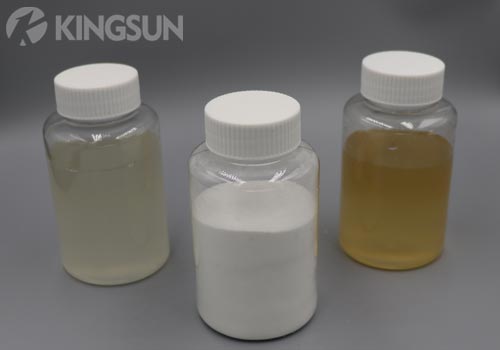After nearly 40 years of development, polycarboxylate acid superplasticizer has gradually developed into a large family of various types. The polycarboxylic acid superplasticizer is classified according to the difference of the comb-shaped side chain or the side chain bonding group, and it has been advanced to the fourth generation so far.
The first generation of concrete superplasticizer: the macromonomers are polyethylene glycol monomethyl ether esters. This type of superplasticizer is made from monomers such as (meth)acrylic acid for free radical polymerization with such macromonomers. As a result, the main chain and side chain connecting functional groups are ester bonds.
The second-generation superplasticizer: (meth)allyl ether is used as the macromonomer, this type of concrete superplasticizer is composed of(meth) acrylic acid and other monomers and (meth)allyl ether It is formed by copolymerization of macromonomers, and the bonding functional groups of the main chain and the side chain are ether bonds.
The third-generation superplasticizer: polycarboxylic acid superplasticizer with polyether side chain bonded by amide/imide.
The fourth-generation superplasticizer: amphoteric polycarboxylic acid superplasticizer branched with polyamide-polyethylene glycol.
The second generation is currently the most used. Although the third and fourth-generation concrete superplasticizers have excellent overall performance, they have not been used on a large scale due to cost and other issues.

